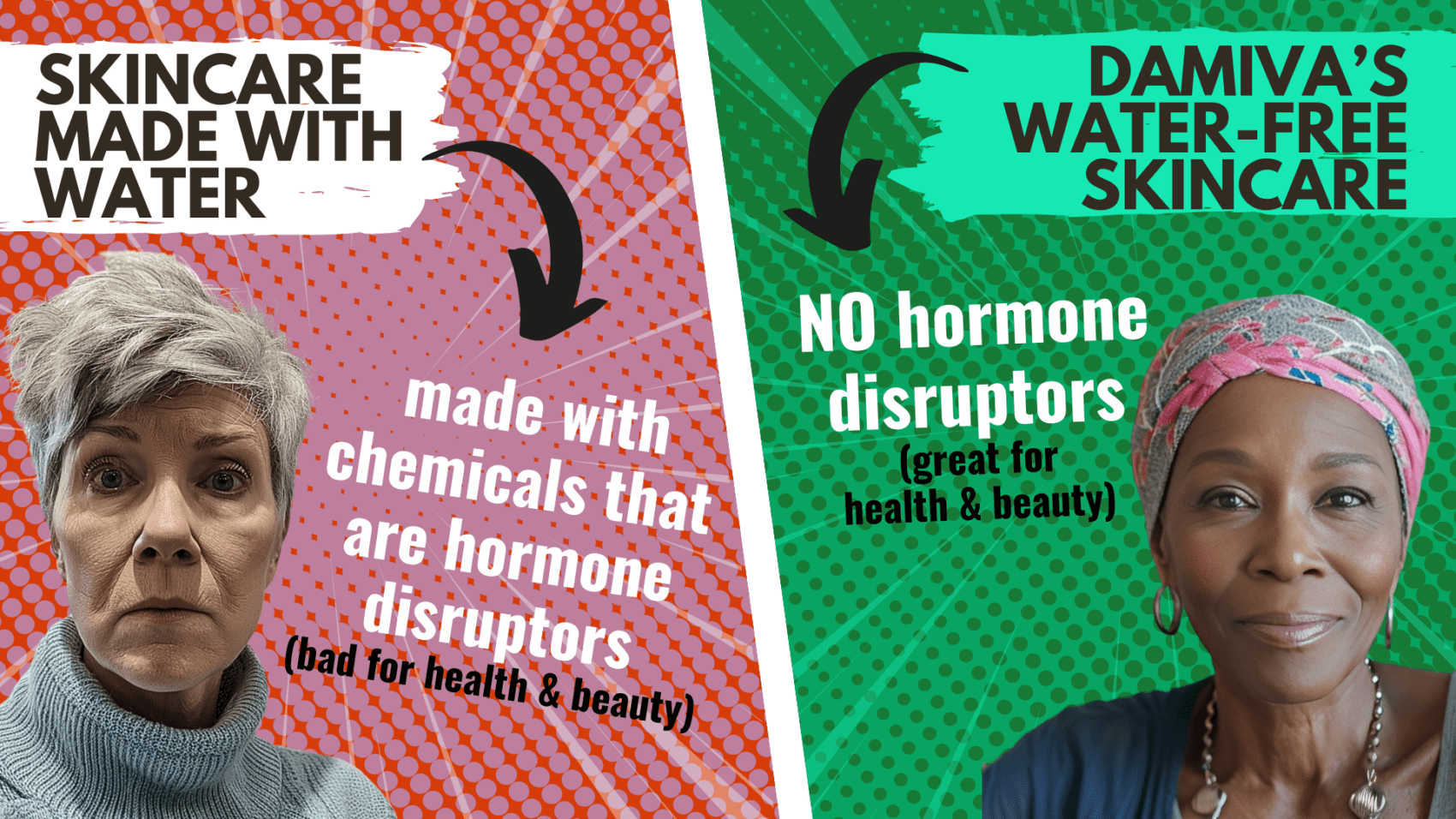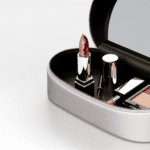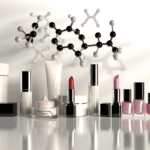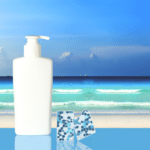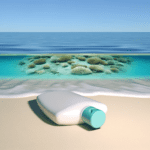Introduction to Petrolatum
Defining Petrolatum and Its Common Uses
Petrolatum, also known as petroleum jelly, is a semi-solid mixture of hydrocarbons derived from petroleum. Renowned for its occlusive properties, petrolatum forms a water-protective barrier on the skin, which aids in moisture retention and healing. Its versatility has made it a staple in various products, including skincare creams, ointments, and cosmetics. Common uses range from moisturizing dry, chapped skin and lips to protecting minor cuts and burns. It is also employed in beauty routines to remove makeup, tame split ends, and even as a base to prolong perfume scents.
Historical Context and Rise in Popularity
The discovery of petrolatum dates back to 1859 when Robert Augustus Chesebrough observed oil workers using a gooey substance to heal their wounds and burns. Chesebrough refined the material and introduced it to the market as Vaseline. Its ability to promote healing and retain moisture quickly gained popularity, and petrolatum became a household name. Over the years, its applications have expanded beyond medicinal to include various personal care and beauty products.
Initial Appeal as a Moisturizer
The initial appeal of petrolatum as a moisturizer lies in its exceptional barrier-forming capabilities. By locking in moisture and preventing water loss, it helps to keep the skin hydrated and supple. This effect is particularly beneficial for dry skin conditions, cracked heels, and chapped lips. Its simplicity and effectiveness have made it a go-to remedy for generations seeking to soothe and protect their skin.
Scope of Article and Importance for the Target Audience
This article aims to delve into the complexities of petrolatum, examining its purity, potential health concerns, and the implications for consumers, particularly those who prioritize health and wellness. As awareness of product ingredients grows, it is crucial for our target audience to understand the nuances of petrolatum, including its refinement process, regulatory standards, and safer alternatives. Empowering consumers with knowledge enables informed decision-making in personal care, which is essential for maintaining overall health and well-being.

Popular Read: Endocrine Disruptors in Skincare: What You Need to Know
Understanding the Health Concerns
Potential Contaminants in Petrolatum
Petrolatum, commonly known as petroleum jelly, has been a go-to moisturizer for generations, prized for its ability to lock in moisture and aid in healing. However, not all petrolatum is created equal. The purity of petrolatum depends on the refinement process it undergoes. Unrefined or inadequately refined petrolatum may contain polycyclic aromatic hydrocarbons (PAHs), which are known contaminants that can have carcinogenic effects. To ensure safety, it is recommended to use only triple-distilled products, such as well-known brands like Vaseline, which have undergone rigorous purification to remove these harmful substances.
The Link Between Petrolatum and Endocrine Disruption
Endocrine disruptors are chemicals that can interfere with the body’s hormonal system. There is growing concern that petrolatum, particularly when contaminated with PAHs, may act as an endocrine disruptor. These disruptions can lead to a host of health issues, including reproductive problems, developmental delays in children, and increased risk of certain cancers. While the research is still evolving, the potential for petrolatum to contribute to endocrine disruption is a significant concern, especially for products that are not adequately refined.
Breast Cancer Concerns and Petrolatum
The relationship between petrolatum and breast cancer has been a topic of debate and research. Some studies suggest that the presence of PAHs in petrolatum could be a contributing factor to the development of breast cancer. Although the evidence is not conclusive, the possibility that petrolatum could harbor carcinogenic contaminants has led many health-conscious consumers to seek out alternative moisturizing options that are free from these risks.
Hormonal Imbalances and Aging
Hormonal imbalances can have a profound impact on the aging process, affecting skin elasticity, moisture retention, and overall skin health. As petrolatum may potentially contain endocrine-disrupting chemicals, its use could inadvertently contribute to hormonal imbalances. This is particularly concerning for aging women, who are already experiencing natural hormonal changes. Choosing products that support hormonal balance is crucial for maintaining healthy, youthful skin.
In conclusion, while petrolatum has been a staple in skincare for many years, the potential health concerns associated with its use cannot be overlooked. Consumers are encouraged to be vigilant about the petrolatum products they use, opting for those that are certified to be free of contaminants and considering natural alternatives that offer similar moisturizing benefits without the associated health risks.

Do you have the most commonly used but toxic, disease bringing chemicals in your skin care? Many chemicals in skincare are hormone disruptors and make menopause symptoms worse.
Find out more…
The Chemical Profile of Petrolatum
Refinement Processes and Purity Levels
Petrolatum, commonly known as petroleum jelly, undergoes a complex refinement process to be used in a variety of personal care products. Originating from crude oil, petrolatum is distilled and then further refined to remove impurities. The purity levels of petrolatum can vary significantly depending on the refinement process. Highly refined petrolatum is considered white petrolatum and is often used in the pharmaceutical and cosmetic industries due to its higher purity standards. Conversely, less refined products may contain polycyclic aromatic hydrocarbons (PAHs), which are of concern due to their potential health risks.
Byproducts and Their Effects on Health
The refinement of petrolatum can lead to the formation of byproducts, including PAHs, which have been linked to various health issues. PAHs are known for their carcinogenic properties and can also cause skin irritation and allergies. The presence of these byproducts in petrolatum is a significant concern, as they can be absorbed through the skin, potentially leading to long-term health effects. It is crucial for consumers to be aware of the petrolatum purity levels in their products to minimize exposure to these harmful byproducts.
Comparing Petrolatum to Natural Alternatives
When compared to natural alternatives, petrolatum’s occlusive nature creates a barrier on the skin, which can lock in moisture but also trap toxins and prevent the skin from breathing. Natural moisturizers, such as those high in humectants like urea, sorbitol, trehalose, glycerin, propanediol, ammonium lactate, and hyaluronic acid, attract moisture to the skin without the risk of occlusion. These substances are not only effective in hydrating the skin but also come with a lower risk of containing harmful byproducts, making them a safer choice for consumers seeking pure and healthy skincare options.
Regulatory Standards and Safety
The safety of petrolatum is regulated by various health authorities around the world. In the United States, the Food and Drug Administration (FDA) requires petrolatum used in over-the-counter products to be of a certain purity, meeting the standards set forth in the United States Pharmacopeia (USP). The European Union has similar regulations, where only highly refined petrolatum is permitted in cosmetics. Despite these regulations, inconsistencies in enforcement and differences in purity standards across regions can lead to consumer exposure to lower quality petrolatum. It is imperative for consumers to be vigilant and seek out products that explicitly state the use of USP-grade petrolatum or opt for natural alternatives to ensure safety and purity.
Do you know the 3 main ways how your body is exposed to harmful chemicals, which affect your hormones, your thyroid, health and beauty?
If not, it may be time to learn about them. It takes about 1-2 minutes.
We have a few suggestions how to avoid these silent health and immune system killers in our new guide.
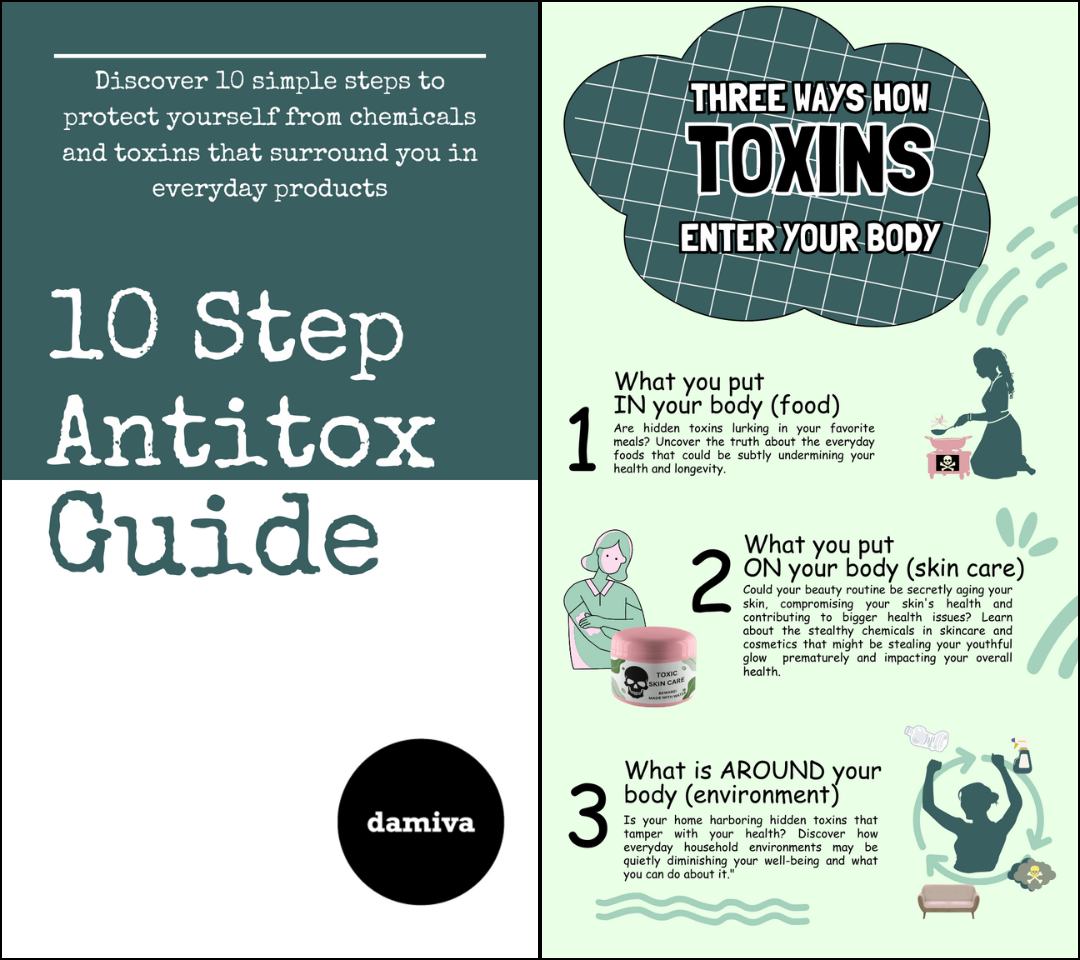
Consumer Awareness and Misconceptions
Common Myths About Petrolatum
Petrolatum, commonly known as petroleum jelly, has been a household staple for generations, lauded for its moisturizing properties. However, several myths have clouded its reputation. One pervasive myth is that petrolatum creates a dependency, with claims that skin becomes reliant on its application. Dermatologists, however, assert that petrolatum does not cause physiological addiction; rather, it provides a barrier that helps skin retain moisture. Another widespread belief is that petrolatum suffocates the skin, but experts clarify that while it is occlusive, it does not block pores or impede the skin’s ability to breathe. Additionally, fears of petrolatum being carcinogenic stem from concerns over impurities in unrefined petrolatum. However, refined petrolatum used in skincare is purified to remove potentially harmful contaminants, including polycyclic aromatic hydrocarbons (PAHs).
Marketing Tactics and Transparency Issues
The beauty industry often employs clever marketing tactics that can obscure the true nature of ingredients like petrolatum. Brands may highlight the presence of natural or botanical components while downplaying the inclusion of petrolatum. Transparency issues arise when companies use terms like “mineral oil” or “white petrolatum,” which may not be immediately recognized as petroleum derivatives. Furthermore, the “clean beauty” movement has led to the demonization of petrolatum, with some brands positioning themselves as purer alternatives without providing substantial evidence to support their claims.
The Role of Ingredient Labeling in Consumer Choices
Ingredient labeling plays a crucial role in consumer choices, especially for the health-conscious. However, the complexity of ingredient lists can be daunting. Consumers may struggle to identify petrolatum derivatives among scientific names and synonyms. The lack of standardization in labeling practices can lead to confusion, making it difficult for consumers to make informed decisions. To address this, some advocate for clearer labeling regulations that require straightforward disclosure of all ingredients, including the source and refinement status of petrolatum.
How to Identify Pure vs. Impure Petrolatum
To differentiate between pure and impure petrolatum, consumers should look for labels indicating “USP” (United States Pharmacopeia) or equivalent standards in other regions, such as “BP” (British Pharmacopoeia) or “Ph. Eur” (European Pharmacopoeia). These designations ensure that the petrolatum has undergone rigorous purification processes to remove impurities. Trusted brands often provide this information, and third-party certifications or seals can offer additional assurance. Consumers can also consult resources like the Environmental Working Group (EWG), which rates the purity of petrolatum in products, helping to guide safer choices.
Natural and Organic Alternatives
Benefits of Natural Moisturizers
Natural moisturizers offer a plethora of benefits for the skin, primarily due to their rich nutrient profiles and compatibility with the body’s natural processes. Unlike petrolatum, which can create an occlusive barrier that may impede the skin’s ability to breathe and renew, natural emollients such as shea butter and beeswax support the skin’s inherent healing mechanisms. They provide essential fatty acids, vitamins, and antioxidants that promote cell turnover and protect against environmental damage. Moreover, natural moisturizers are often sustainably sourced and biodegradable, making them a more environmentally conscious choice.
Examples of Effective Natural Moisturizers
- Shea Butter: A rich source of fatty acids and vitamins, shea butter is renowned for its ability to hydrate and repair the skin.
- Cocoa Butter: This luxurious butter is not only a potent moisturizer but also helps to improve skin elasticity and tone.
- Argan Oil: Famous for its hydrating and calming qualities, Argan oil is extremely moisturizing and encourages elasticity, all while being exceptionally gentle on sensitive skin.
- Hyaluronic Acid: Hyaluronic acid, a substance naturally found in the skin, is known to hold a substantial amount of water. Due to its hydrating properties, it may offer a soothing effect on sensitive skin, helping to reduce discomfort.
How to Transition to a Chemical-Free Skincare Routine
Transitioning to a chemical-free skincare routine can be a simple and rewarding process. Start by phasing out products containing petrolatum and other petroleum byproducts. Because water is a breeding ground for microbes, companies need to use chemicals as preservatives. Many of these are detrimental to humans, animals, and the environment as they disrupt the endocrine system, can lead to cancer, diminish fertility, and so on. Opting for water-free lotions, creams, and balms (that can be produced without chemicals) is a straightforward method to evade these additional chemicals. Water-free products like Damiva’s are rich in emollient plant butters and oils as they are undiluted with water, which can make up 80-95% of water-based products.
It is critical to read labels carefully but also super easy: water will always be listed at the top of the ingredient list, sometimes called aqua, eau or “juice”. Whenever you see that water is in the product, you know it contains chemicals and it’s a product that’s not good for you.
Personalization of Skincare for Aging Women
Aging skin has unique needs that can be addressed effectively with natural moisturizers. Ingredients like olive oil and beeswax are not only gentle on the skin but also provide antioxidants and fatty acids that can help to combat the signs of aging. Personalizing skincare involves selecting natural ingredients that target specific concerns, such as dryness, loss of elasticity, or fine lines. For instance, almond oil is excellent for its softening properties and can help to reduce the appearance of age spots and under-eye circles. Women can also benefit from incorporating essential oils known for their regenerative properties, such as rosehip or frankincense, to enhance the efficacy of their natural skincare regimen.
Do you know the three main ways that your body gets in touch with harmful chemicals with everyday products? Knowledge is Power!
The Ultimate Detox Guide will tell you how to lower your exposure to harmful chemicals!

Lifestyle Changes for a Healthier Future
Detoxification Methods and Practices
Detoxification is a popular concept that involves the elimination of toxins from the body to promote overall health. While the body naturally detoxifies through the liver, kidneys, and other organs, certain practices can enhance this process. These include hydration, to help flush out toxins, and sauna therapy, which encourages sweating and the release of impurities. Incorporating antioxidant-rich foods into your diet, such as berries and leafy greens, can also support the body’s natural detoxification processes.
Dietary Adjustments for Hormonal Balance
Hormones play a crucial role in the regulation of various bodily functions, and dietary choices can significantly impact hormonal health. To promote hormonal balance, focus on a diet rich in omega-3 fatty acids, found in fish and flaxseeds, which support hormone production. Additionally, consuming fiber-rich foods can aid in the elimination of excess hormones, while phytoestrogenic foods like soy may help balance estrogen levels. Limiting processed foods and sugars is also essential, as they can disrupt hormonal equilibrium.
The Importance of Sleep and Stress Management
Quality sleep and effective stress management are vital for maintaining hormonal balance and overall health. Aim for 7-9 hours of restful sleep per night, as sleep deprivation can lead to hormonal imbalances and increased stress levels. Techniques such as mindfulness meditation, yoga, and deep-breathing exercises can help manage stress, which in turn supports hormonal health and reduces the risk of chronic diseases.
Incorporating Holistic Health Approaches
Embracing a holistic approach to health involves considering the entire person—body, mind, and spirit. This can include practices such as acupuncture, which is believed to balance the body’s energy flow, and massage therapy, which can reduce stress and promote relaxation. Herbal supplements and adaptogens like ashwagandha may also support the body’s ability to cope with stress and contribute to overall well-being. Always consult with a healthcare professional before starting any new holistic health practices or supplements.
Conclusion: Empowering Choices in Personal Care
Summarizing the Risks and Alternatives
Throughout this article, we have explored the various concerns associated with petrolatum, a common ingredient in moisturizers. From potential contaminants to links with endocrine disruption and breast cancer, the risks associated with petrolatum are not to be taken lightly. However, it’s not all doom and gloom. There are alternatives available that offer the benefits of moisturization without the associated health risks. Natural moisturizers such as shea butter, jojoba oil, and coconut oil provide hydration and support skin health without the need for synthetic and potentially harmful ingredients.
The Power of Informed Decision-Making
As consumers, we hold the power to make informed decisions about the products we use on our bodies. By understanding the chemical profile of petrolatum and recognizing the marketing tactics used to promote it, we can choose products that align with our health and wellness values. Ingredient labeling plays a crucial role in this process, and learning how to identify pure versus impure petrolatum can guide us towards safer options.
Encouraging Proactive Health and Beauty Practices
Adopting a proactive approach to health and beauty involves more than just choosing the right moisturizer. It encompasses a holistic view of our lifestyle, including diet, sleep, stress management, and the incorporation of holistic health approaches. By making lifestyle changes that support hormonal balance and overall well-being, we can enhance the health of our skin and reduce our reliance on products like petrolatum.
Final Thoughts for the Health-Conscious Consumer
In conclusion, the journey to finding the right personal care products is deeply personal and varies from one individual to another. While petrolatum may offer short-term benefits as a moisturizer, the long-term risks cannot be ignored. By summarizing the risks and alternatives, emphasizing the power of informed decision-making, and encouraging proactive health and beauty practices, we empower ourselves to make choices that not only benefit our skin but also our overall health. Let us be health-conscious consumers who prioritize purity, safety, and efficacy in our personal care routines.


